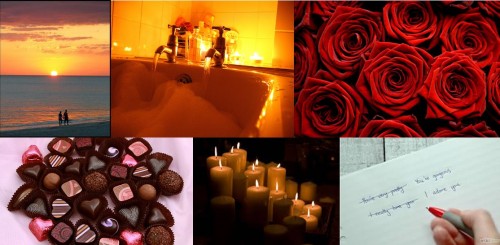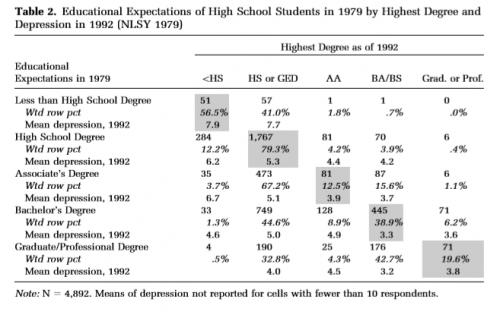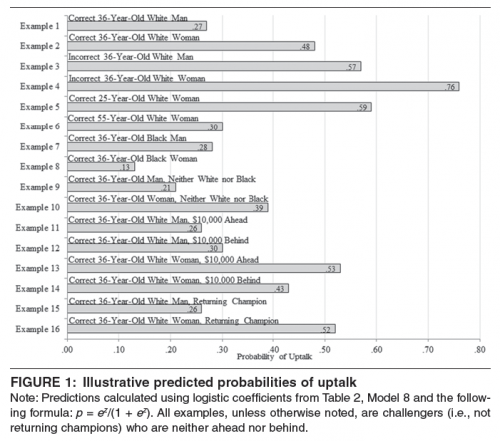What comes to mind when you think of romance, love, and Valentine’s Day? Probably things like sunsets, flowers, chocolates, candles, poetry, and bubble baths. You know, girl stuff.
Francesca Cancian, who writes on love, calls this the feminization of love. It makes love seem like its for women and girls only. This is a problem for at least two reasons. First, because men are supposed to avoid girly things in our culture, they are pressured to pretend like they’re not into love and love-related things. That’s why men are offered the alternative Steak and a Blow Job Day.
Second, it makes other ways of expressing love less visible. Maybe he shows love by always changing the oil in the car or making sure the computer is updated with anti-virus software. These can be mis-recognized as not about love because they aren’t the proper socially constructed symbols. So, if he doesn’t also show up with flowers or candy once in a while, maybe she doesn’t feel loved.
The flip side of this is the masculinization of sex. The rather new idea that what men are really interested in is sex and that this is secondary or, even, obligatory for women.
The feminization of love and masculinization of sex manifests itself in a myriad of ways across our culture, causing all sorts of problems. In the case of Valentine’s Day, it makes it seem as if the (assumed heterosexual) holiday is for women but, if he does it right, he’ll get sex as a reward. How romantic.
Cross-posted at Pacific Standard.
Lisa Wade, PhD is an Associate Professor at Tulane University. She is the author of American Hookup, a book about college sexual culture; a textbook about gender; and a forthcoming introductory text: Terrible Magnificent Sociology. You can follow her on Twitter and Instagram.









